Home>Gardening & Outdoor>Plant Care & Gardening Tips>When To Sow Wildflower Seeds In Oregon
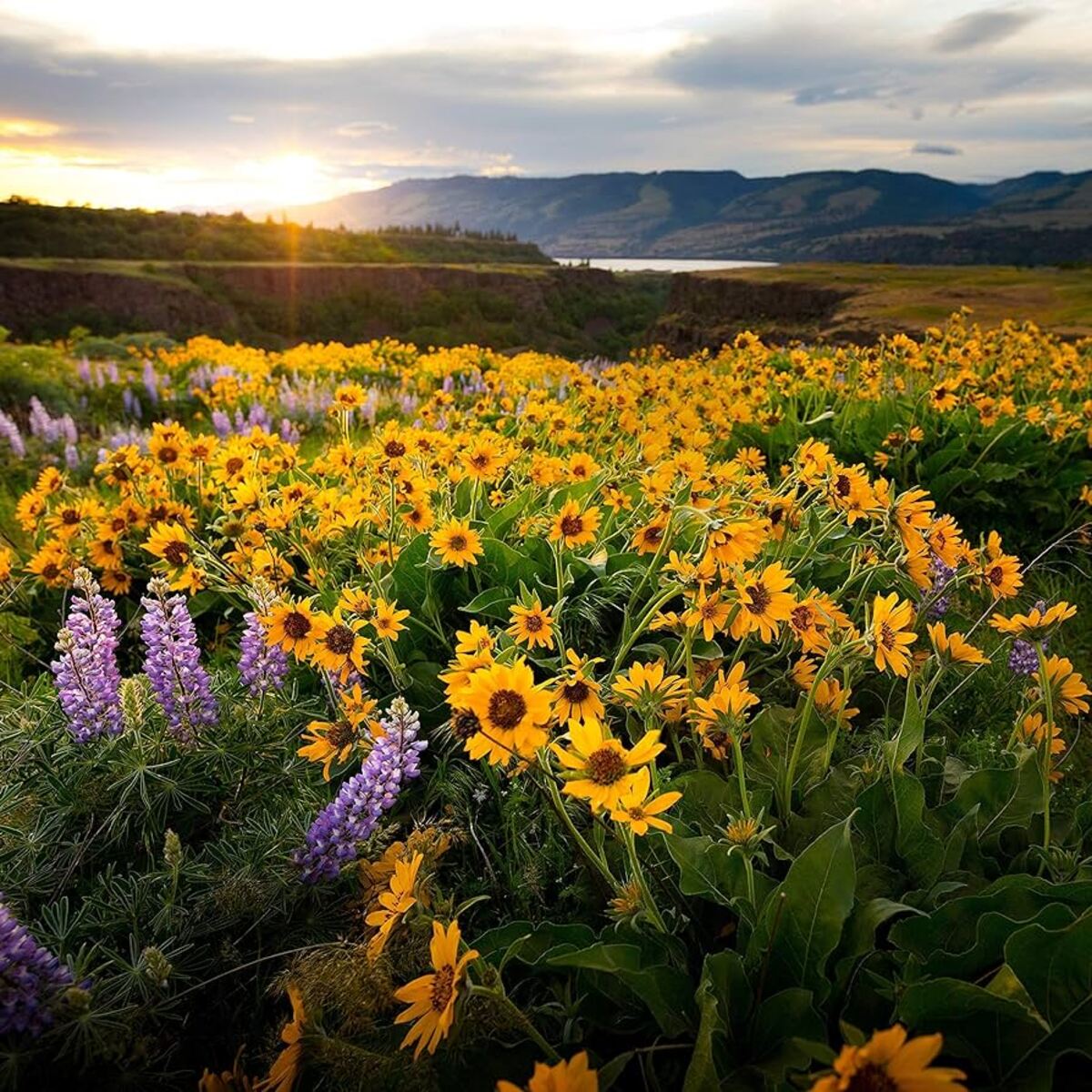

Plant Care & Gardening Tips
When To Sow Wildflower Seeds In Oregon
Modified: March 24, 2024
Learn when to sow wildflower seeds in Oregon and get expert plant care and gardening tips for a blooming garden. Discover the best times for sowing and nurturing wildflowers in Oregon.
(Many of the links in this article redirect to a specific reviewed product. Your purchase of these products through affiliate links helps to generate commission for Storables.com, at no extra cost. Learn more)
Introduction
Wildflowers are nature's way of painting the landscape with vibrant hues and delicate beauty. In Oregon, the diverse climate and rich soil create an ideal environment for a stunning array of wildflower species to thrive. Whether you're a seasoned gardener or a nature enthusiast, understanding the optimal time to sow wildflower seeds in Oregon is crucial for a successful and bountiful display of blossoms.
Embarking on the journey of cultivating wildflowers allows you to connect with the natural rhythm of the environment and contribute to the preservation of local ecosystems. The process of sowing wildflower seeds is a delightful endeavor that promises a tapestry of colors, attracting pollinators and adding a touch of enchantment to any outdoor space.
In this guide, we will delve into the enchanting world of wildflowers in Oregon, exploring the best time to sow their seeds and the factors to consider for a flourishing display. Whether you're envisioning a meadow brimming with native blooms or a charming garden dotted with delicate petals, this comprehensive insight will equip you with the knowledge to nurture the wild beauty of Oregon's floral tapestry.
Key Takeaways:
- Sow wildflower seeds in Oregon in early spring or late summer to early fall for a vibrant display of native blooms, aligning with the natural rhythms of the environment.
- Consider factors like native species selection, soil preparation, and regional climate nuances to create a nurturing environment for wildflowers, supporting local biodiversity and natural splendor.
Read more: When To Sow Wildflower Seeds In Colorado
Understanding Wildflowers in Oregon
Oregon’s diverse ecosystems, ranging from coastal regions to mountainous terrain, provide a hospitable habitat for a wide variety of wildflowers. The state’s unique topography and climate contribute to the rich tapestry of native flora that graces its landscapes. From the iconic Oregon grape to the delicate shooting star, wildflowers in Oregon encompass a captivating spectrum of shapes, sizes, and colors.
One of the defining characteristics of Oregon’s wildflowers is their adaptability to the distinct microclimates found throughout the state. Coastal areas boast an abundance of salt-tolerant species, while the alpine meadows of the Cascade Range showcase hardy blooms that thrive in rocky, high-altitude environments. In the eastern regions, where arid conditions prevail, resilient wildflowers such as the desert parsley and sagebrush marigold emerge as resilient symbols of natural beauty.
Furthermore, Oregon’s wildflowers play a vital role in supporting local ecosystems by providing nectar and pollen for a myriad of pollinators, including bees, butterflies, and hummingbirds. Their presence contributes to the overall biodiversity of the region, creating a harmonious balance within the natural environment.
Understanding the unique characteristics and ecological contributions of Oregon’s wildflowers is essential for anyone seeking to cultivate these enchanting blooms. By embracing the distinct beauty of native species and their intrinsic connection to the local landscape, you can embark on a journey to preserve and celebrate the natural heritage of Oregon through the cultivation of wildflowers.
Best Time to Sow Wildflower Seeds
Choosing the optimal time to sow wildflower seeds in Oregon is a pivotal step in ensuring a successful and vibrant display of blooms. The climatic diversity across the state necessitates a nuanced approach to timing, taking into account the specific needs of different wildflower species.
Early spring, typically from March to April, marks an opportune period for sowing wildflower seeds in many regions of Oregon. As the soil begins to warm and the threat of frost diminishes, this window of time presents favorable conditions for the germination and establishment of wildflower seeds. The moderate temperatures and increased daylight hours during this season provide an ideal environment for the initial growth of wildflower seedlings.
Furthermore, late summer to early fall, typically from August to September, offers another advantageous timeframe for sowing wildflower seeds in Oregon. The waning heat of summer gives way to cooler temperatures, creating an environment conducive to seed germination and root development. The autumn rains, which are characteristic of many parts of Oregon, provide essential moisture for the newly sown seeds, facilitating their growth and establishment before winter sets in.
It is important to consider the specific requirements of the wildflower species you intend to sow, as some may have unique preferences regarding the timing of sowing. Certain wildflowers, such as lupine and yarrow, may thrive when sown in the fall, while others, like California poppies and farewell-to-spring, may fare better when sown in the spring.
When planning the sowing of wildflower seeds, it is advisable to take into account the regional variations in climate and elevation across Oregon. Coastal areas, mountainous regions, and high desert landscapes each have their own distinct seasonal patterns, influencing the optimal timing for sowing wildflower seeds.
By aligning the sowing of wildflower seeds with the natural rhythms of the environment and the specific needs of the chosen species, you can maximize the likelihood of a lush and vibrant wildflower display, enriching Oregon’s landscapes with an exuberant tapestry of color and life.
Sow wildflower seeds in Oregon in the early spring or late fall for best results. This allows the seeds to establish before the heat of summer or the cold of winter.
Factors to Consider
When preparing to sow wildflower seeds in Oregon, several key factors should be taken into consideration to optimize the success of your floral endeavor. By addressing these factors thoughtfully, you can create an environment that nurtures the growth and flourishing of wildflowers, ensuring a captivating and sustainable display of native blooms.
- Native Species Selection: Choosing native wildflower species that are well-adapted to Oregon’s climate and soil conditions is essential for fostering a thriving and resilient floral ecosystem. Native species are inherently suited to the local environment and provide valuable support to indigenous pollinators and wildlife.
- Soil Preparation: Prior to sowing wildflower seeds, it is beneficial to prepare the soil by removing any debris, loosening compacted areas, and incorporating organic matter. Well-draining soil with good aeration promotes healthy root development and supports the establishment of wildflower seedlings.
- Light and Water: Understanding the light and water requirements of the selected wildflower species is crucial. Some wildflowers thrive in full sun, while others prefer partial shade. Similarly, certain species may require consistently moist soil, while others are adapted to drier conditions.
- Climate and Microclimates: Consider the regional climate and microclimates within your specific location in Oregon. Coastal areas, mountainous regions, and high desert landscapes each have distinct climatic nuances that can influence the success of wildflower cultivation. Selecting species suited to your local microclimate can enhance their resilience.
- Competition and Maintenance: Managing competition from invasive species and weeds is important for the healthy development of wildflowers. Regular maintenance, such as weeding and monitoring for pests, helps create an optimal environment for wildflower growth.
- Long-Term Sustainability: Emphasizing long-term sustainability by prioritizing diverse plantings, minimizing chemical inputs, and supporting natural ecological processes contributes to the overall health and vitality of the wildflower ecosystem.
By carefully considering these factors and tailoring your approach to align with the unique characteristics of Oregon’s landscapes, you can cultivate a flourishing tapestry of wildflowers that harmoniously integrates with the natural environment, enriching the local ecosystem and captivating the senses with their ethereal beauty.
Conclusion
Embarking on the journey of sowing wildflower seeds in Oregon is a captivating endeavor that invites you to immerse yourself in the natural rhythms of the environment and contribute to the preservation of local ecosystems. By understanding the unique characteristics of Oregon’s wildflowers and the optimal timing for sowing their seeds, you can cultivate a breathtaking display of native blooms that enrich the landscape with vibrant colors and ecological vitality.
The diverse ecosystems of Oregon, from coastal regions to mountainous terrain, offer a rich tapestry of native wildflowers that are well-suited to the state’s varied microclimates. Selecting the best time to sow wildflower seeds, whether in early spring or late summer to early fall, aligns with the seasonal rhythms of the environment, providing an ideal foundation for the growth and flourishing of these enchanting blooms.
Moreover, considering factors such as native species selection, soil preparation, light and water requirements, regional climate nuances, and long-term sustainability is pivotal for creating an environment that nurtures the resilience and beauty of wildflowers. By embracing these considerations, you can establish a sustainable and harmonious wildflower ecosystem that supports local biodiversity and captivates the senses with its natural splendor.
As you sow the seeds of wildflowers and witness their transformation into a kaleidoscope of blossoms, you become a steward of Oregon’s natural heritage, contributing to the preservation and celebration of its floral diversity. Whether you’re cultivating a wildflower meadow, enhancing a garden with native blooms, or simply sowing seeds to enliven a corner of the landscape, your efforts play a vital role in nurturing the enchanting beauty of Oregon’s wildflowers.
Ultimately, the act of sowing wildflower seeds transcends horticulture; it is a celebration of nature’s artistry, a testament to the enduring resilience of native flora, and a profound connection to the timeless rhythms of the natural world. Through your dedication to sowing wildflower seeds in Oregon, you become an integral part of the ever-unfolding story of the state’s floral legacy, weaving a tapestry of beauty that resonates with the heart of the land and inspires all who behold it.
Frequently Asked Questions about When To Sow Wildflower Seeds In Oregon
Was this page helpful?
At Storables.com, we guarantee accurate and reliable information. Our content, validated by Expert Board Contributors, is crafted following stringent Editorial Policies. We're committed to providing you with well-researched, expert-backed insights for all your informational needs.
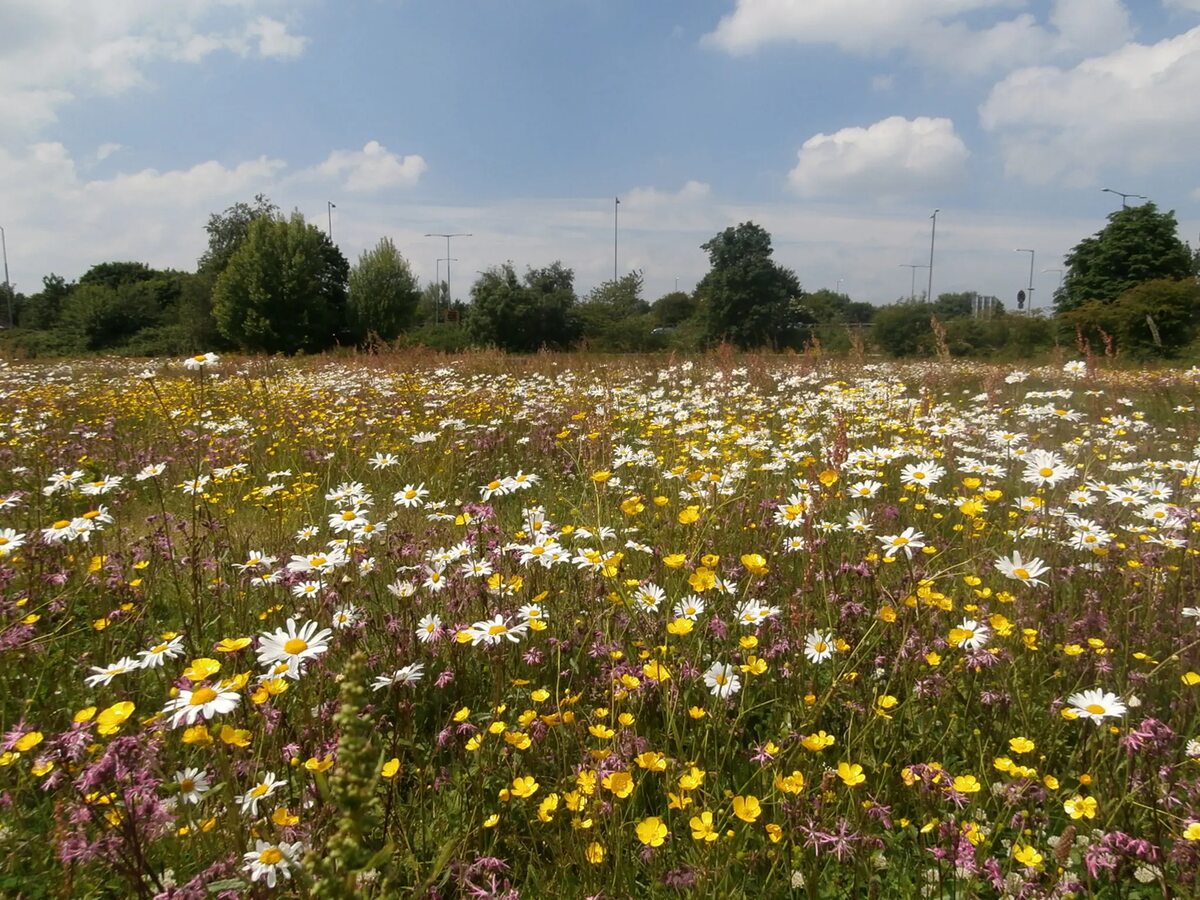
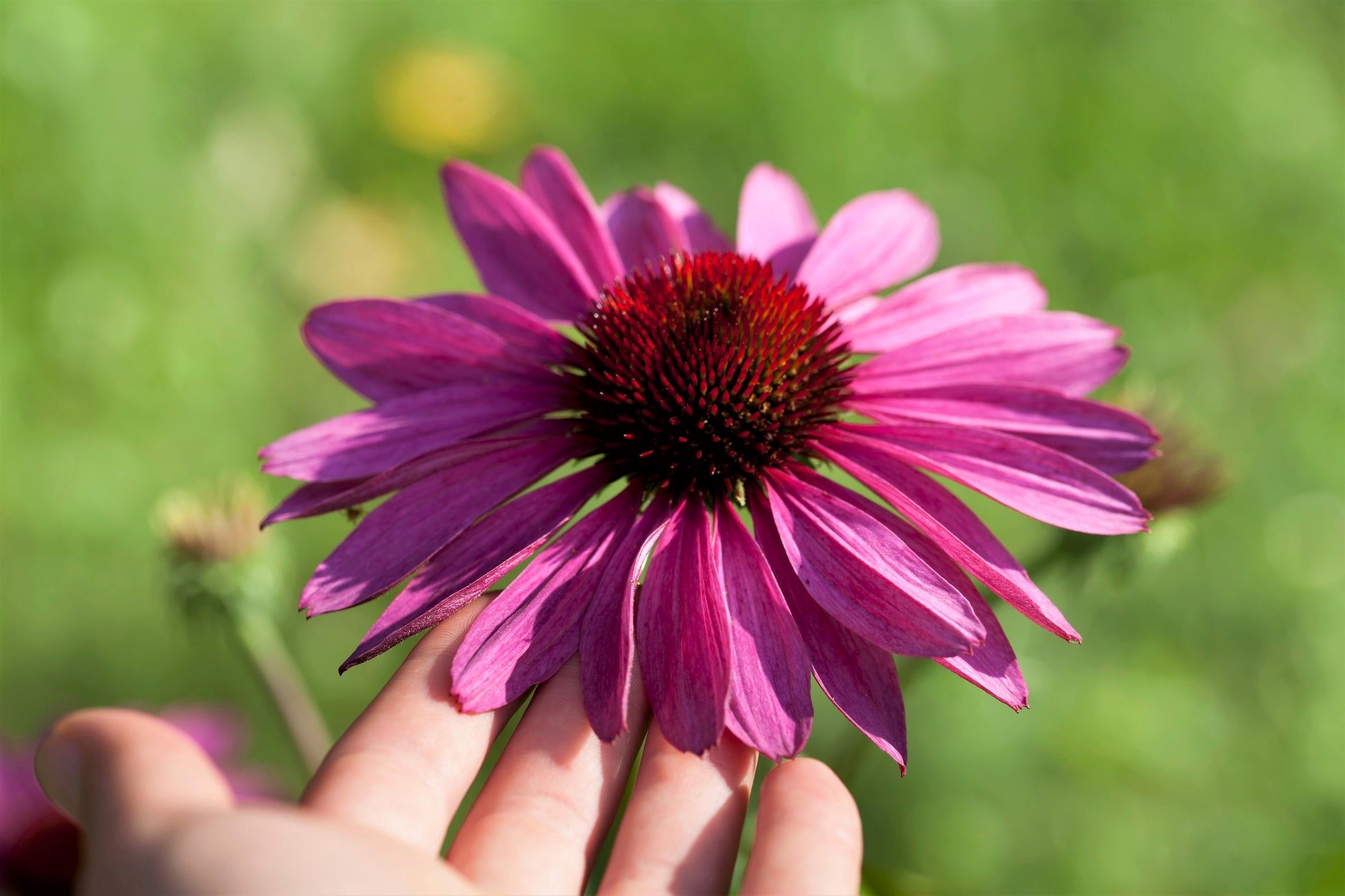
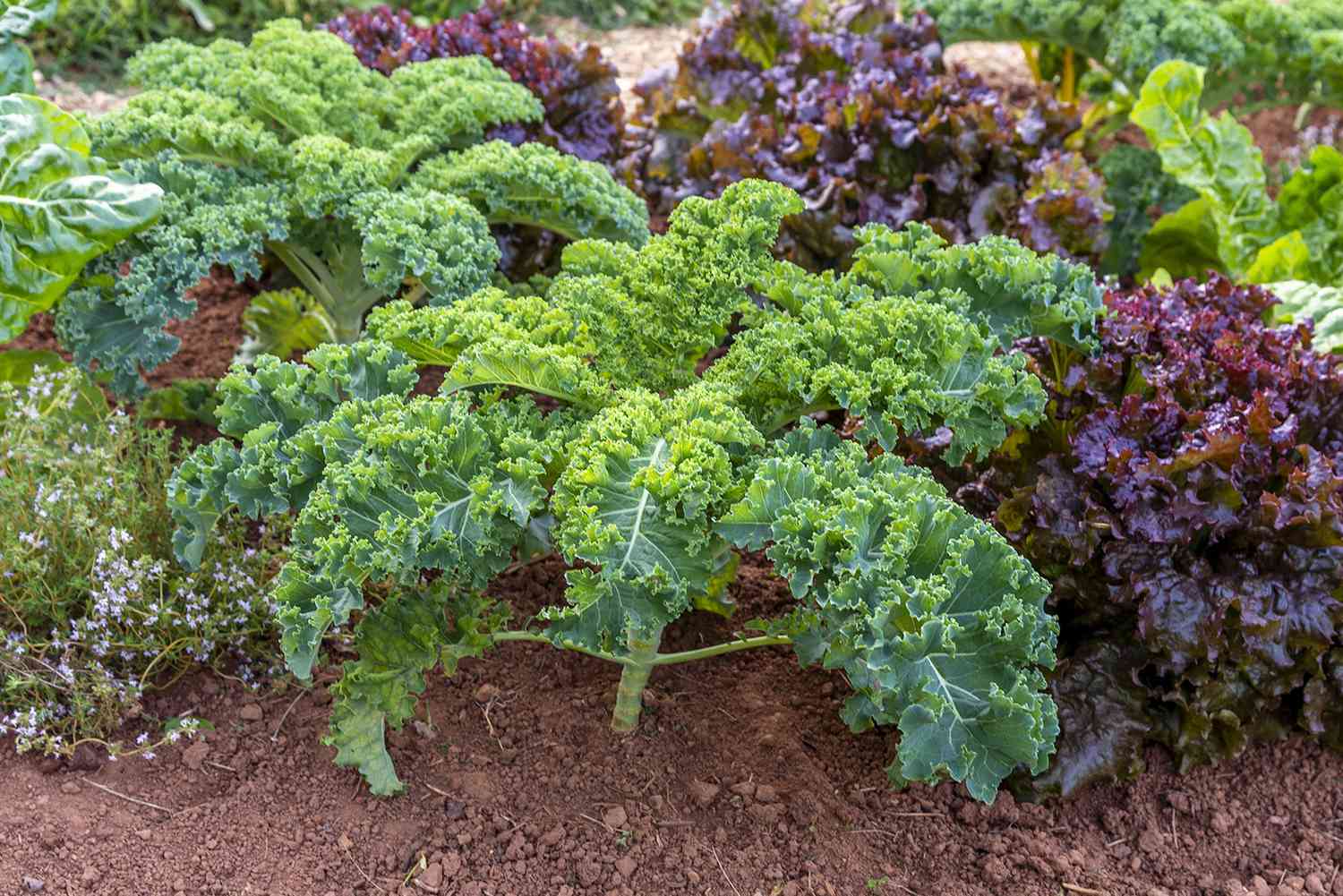
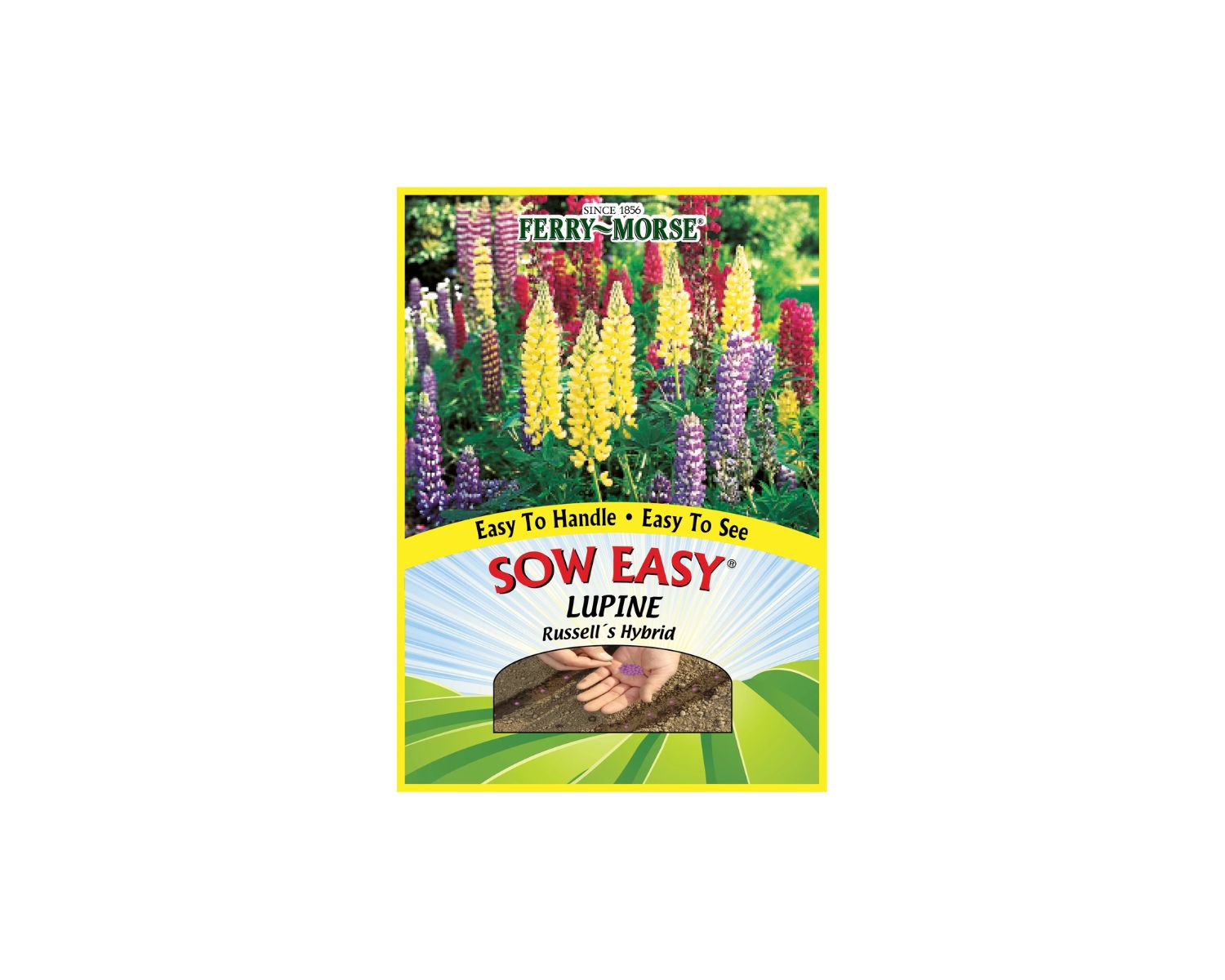
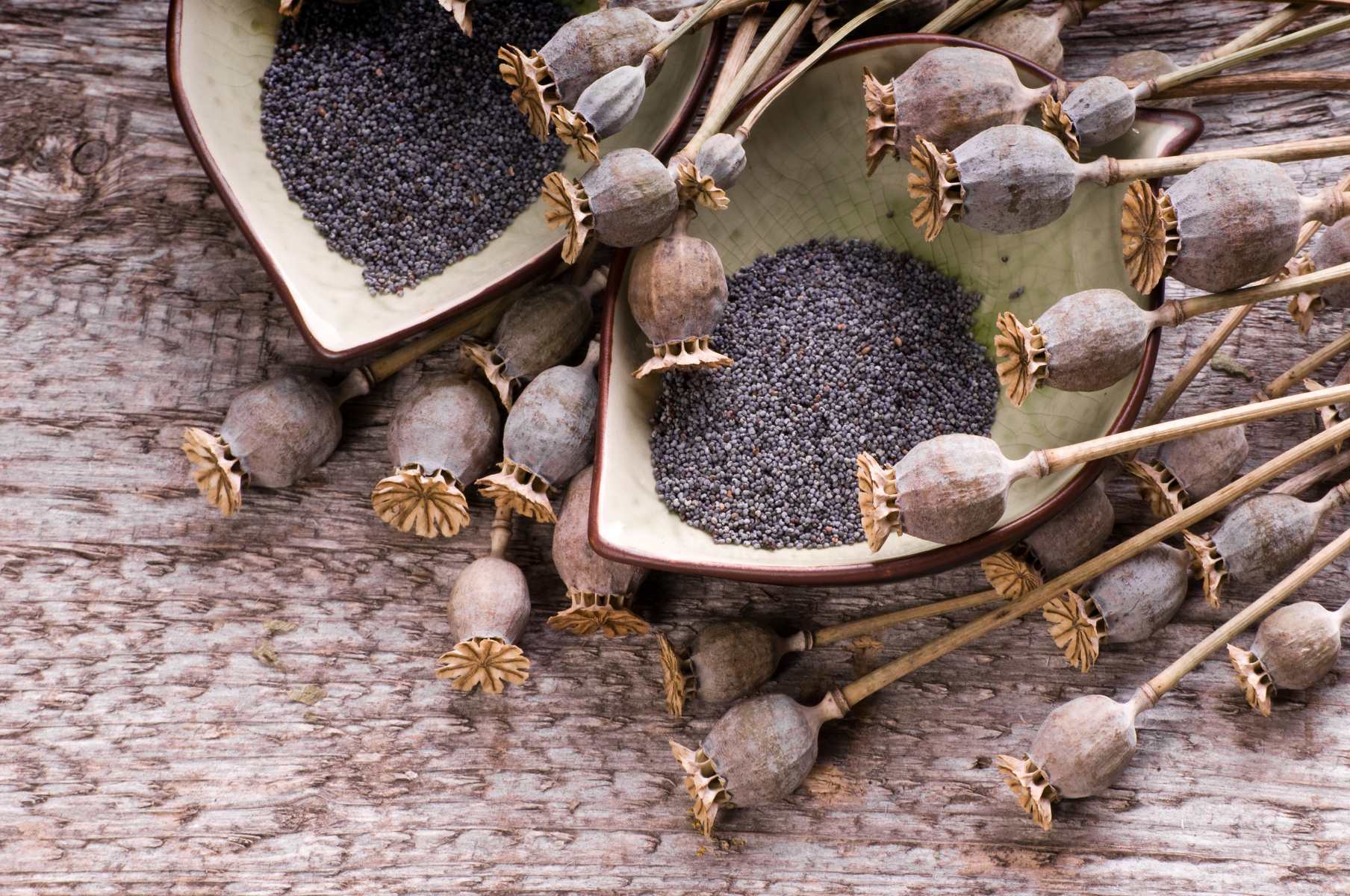
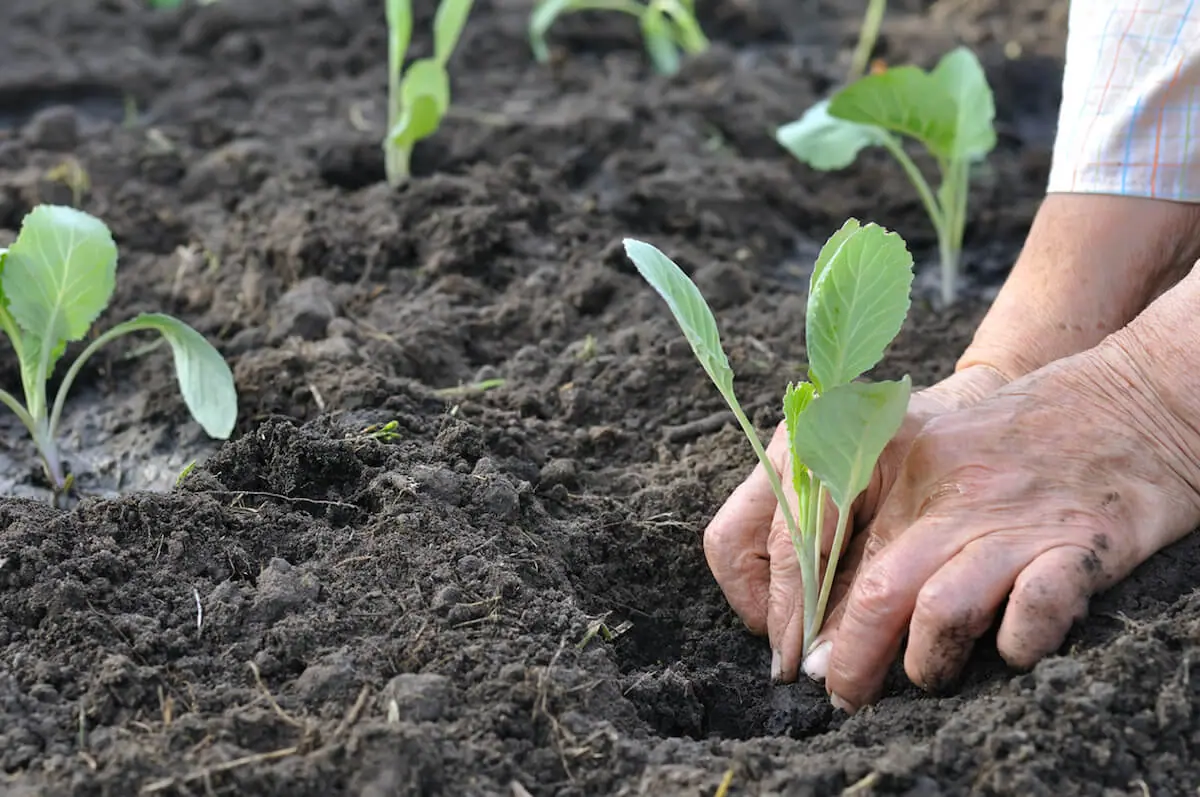
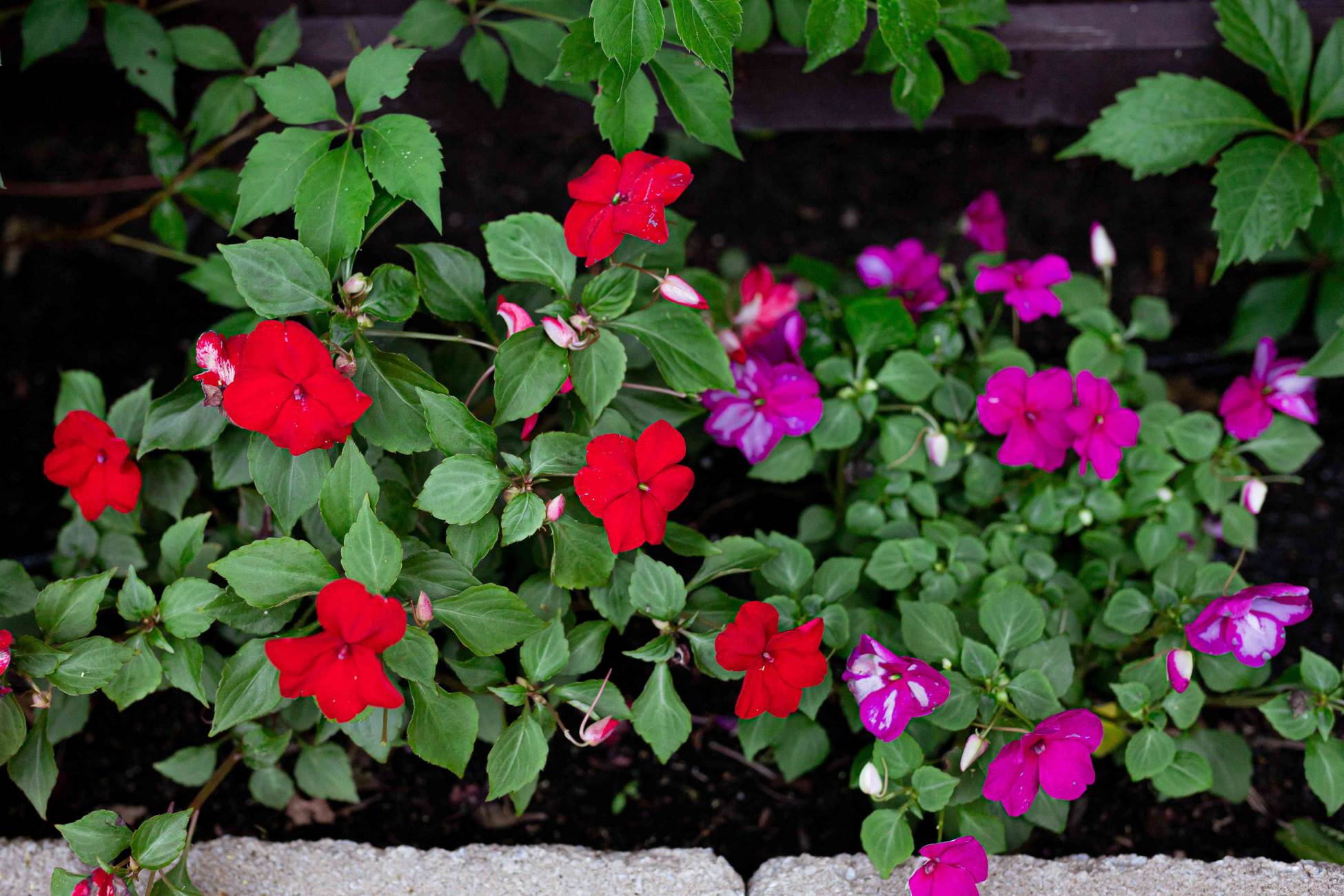
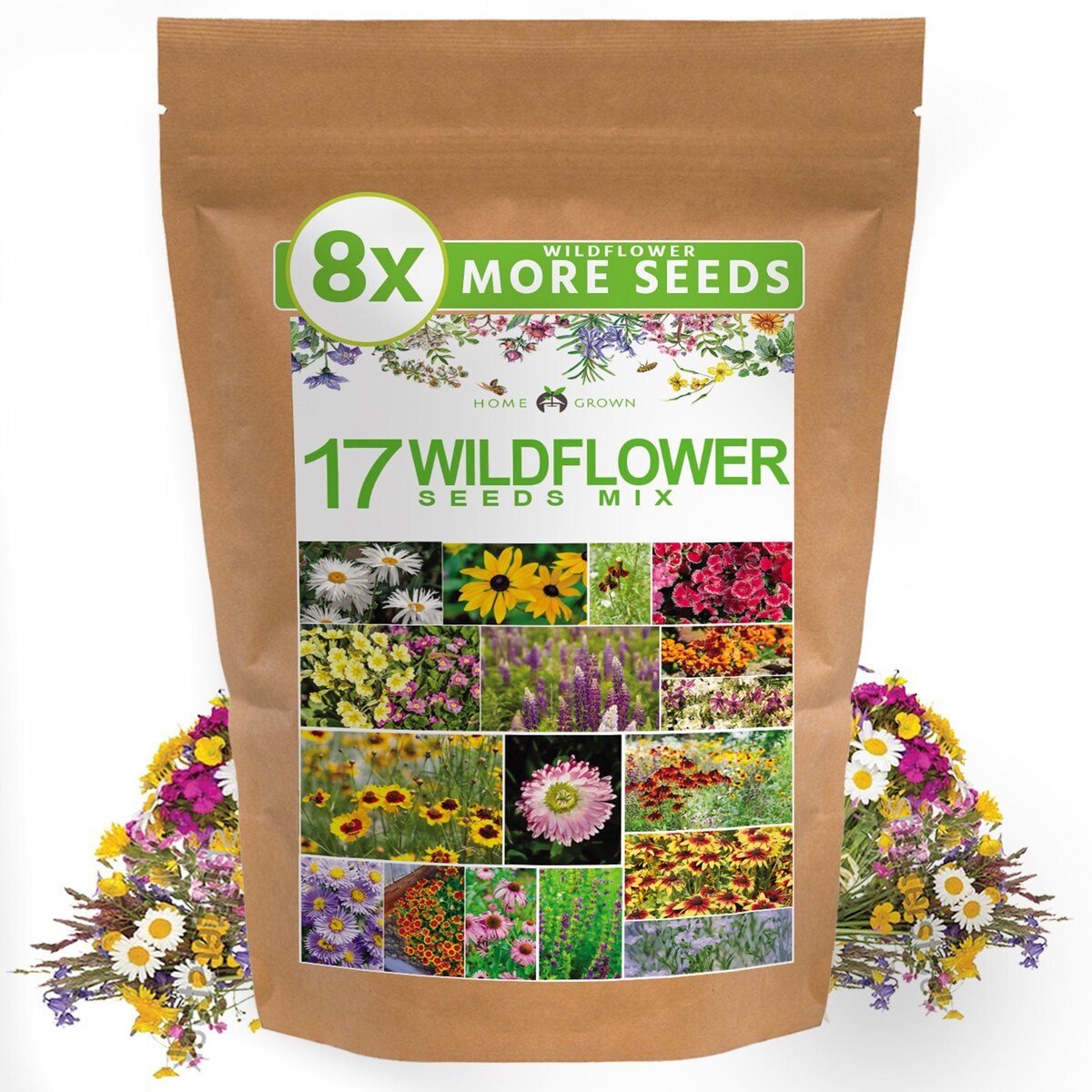
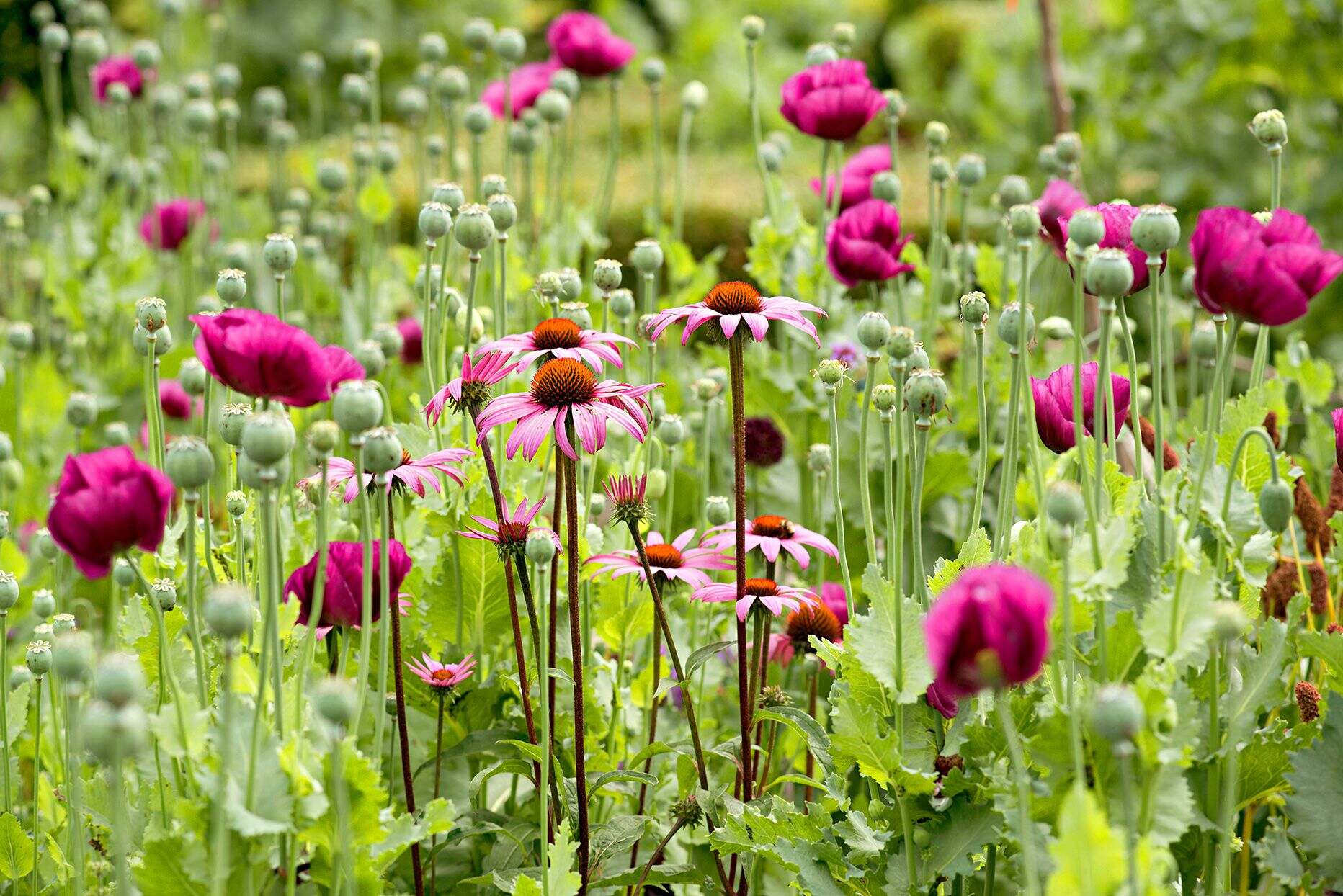
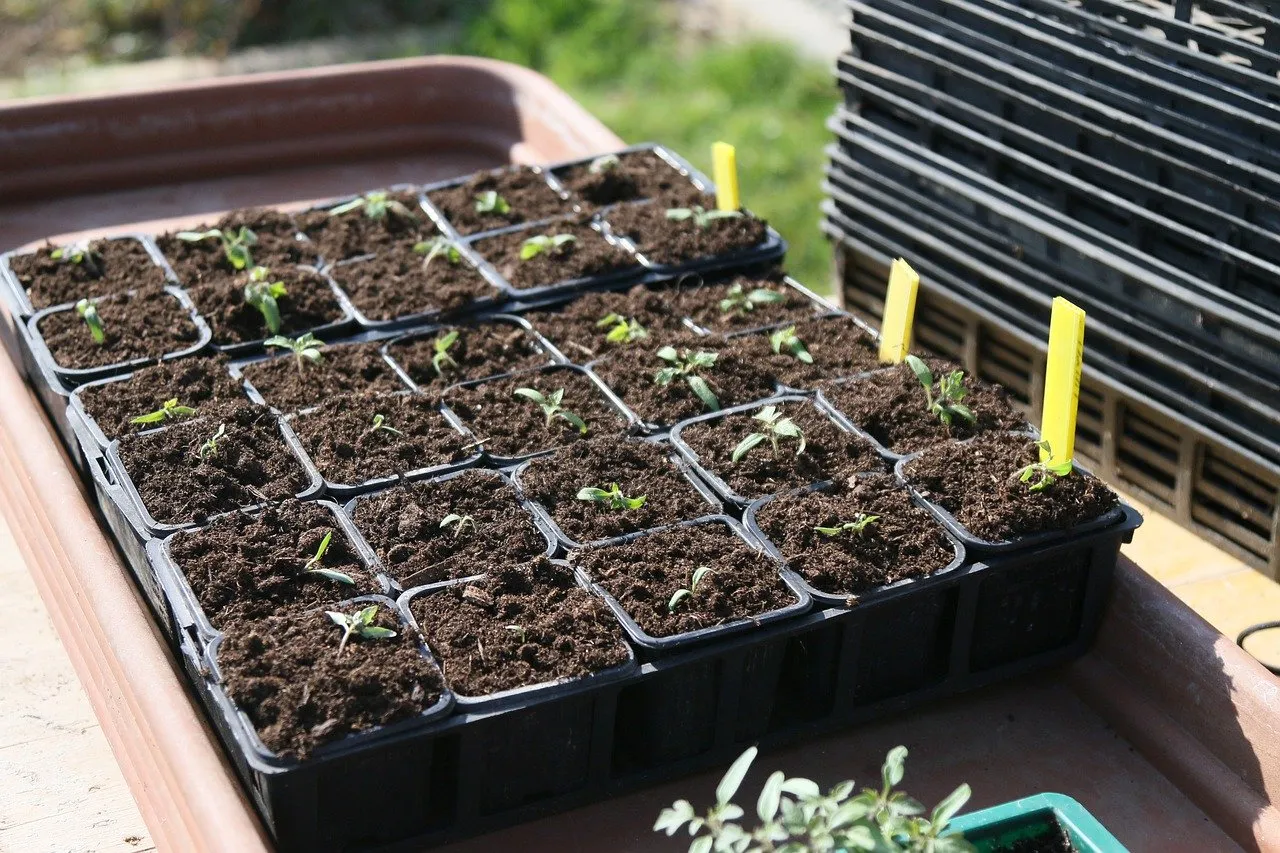
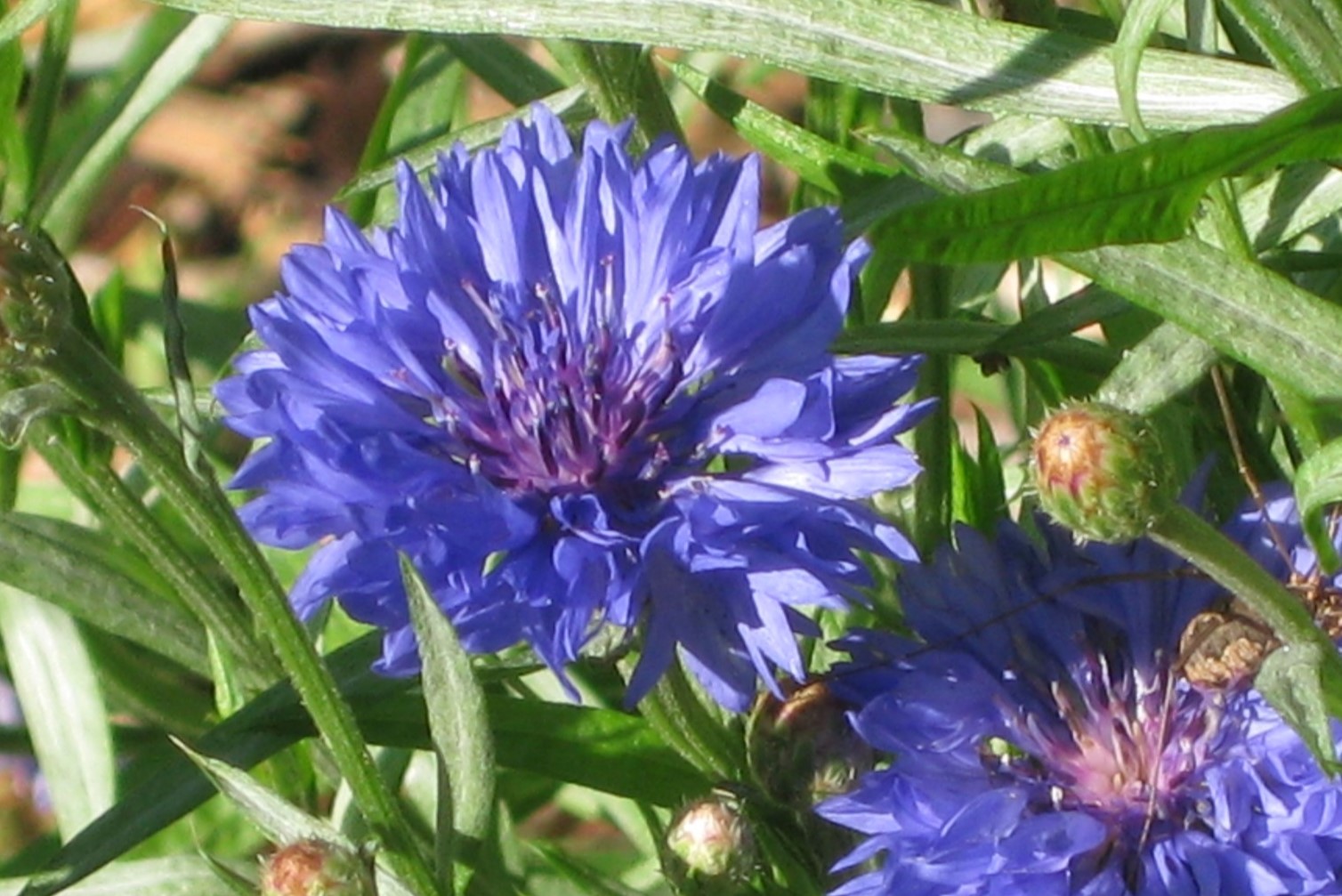
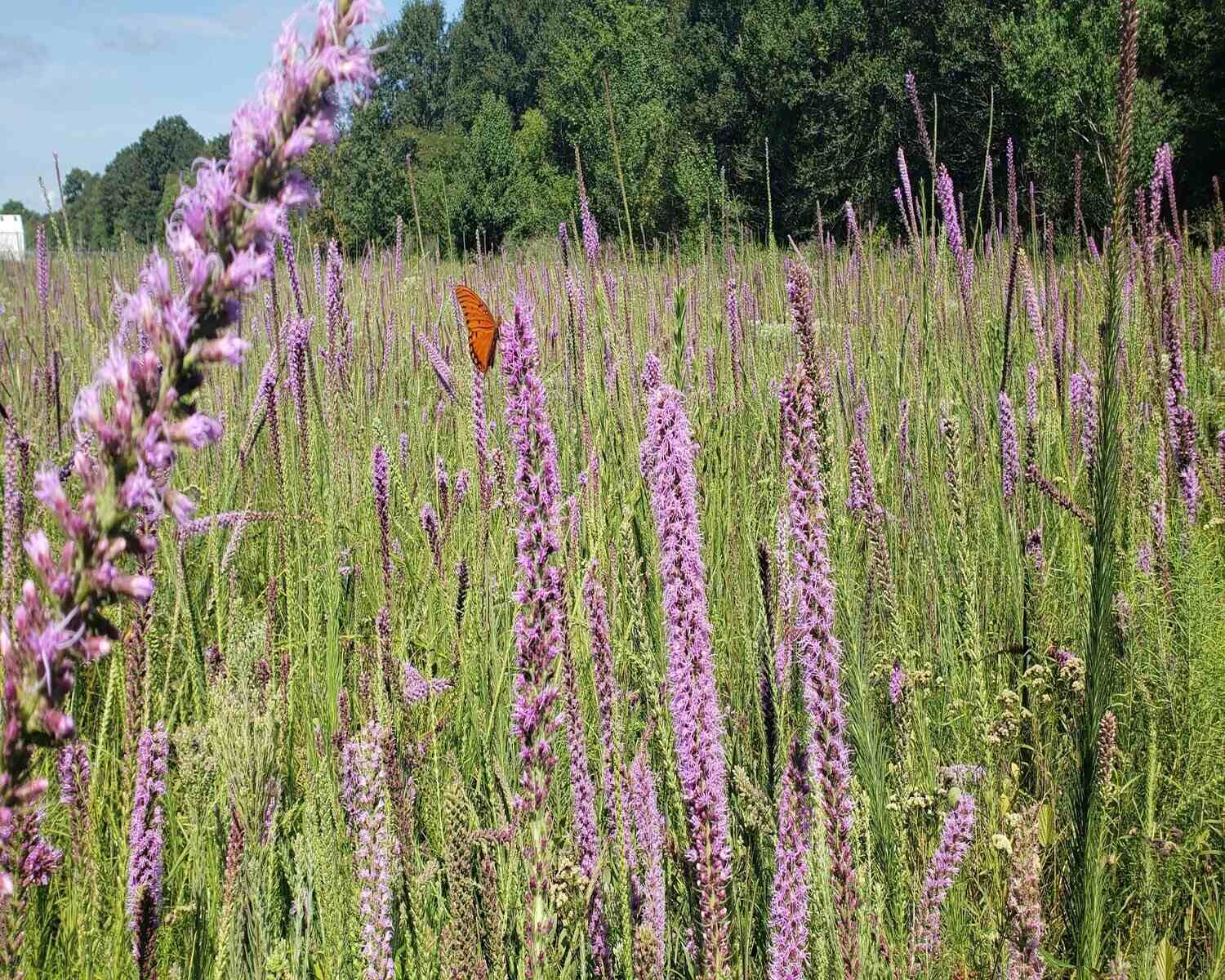
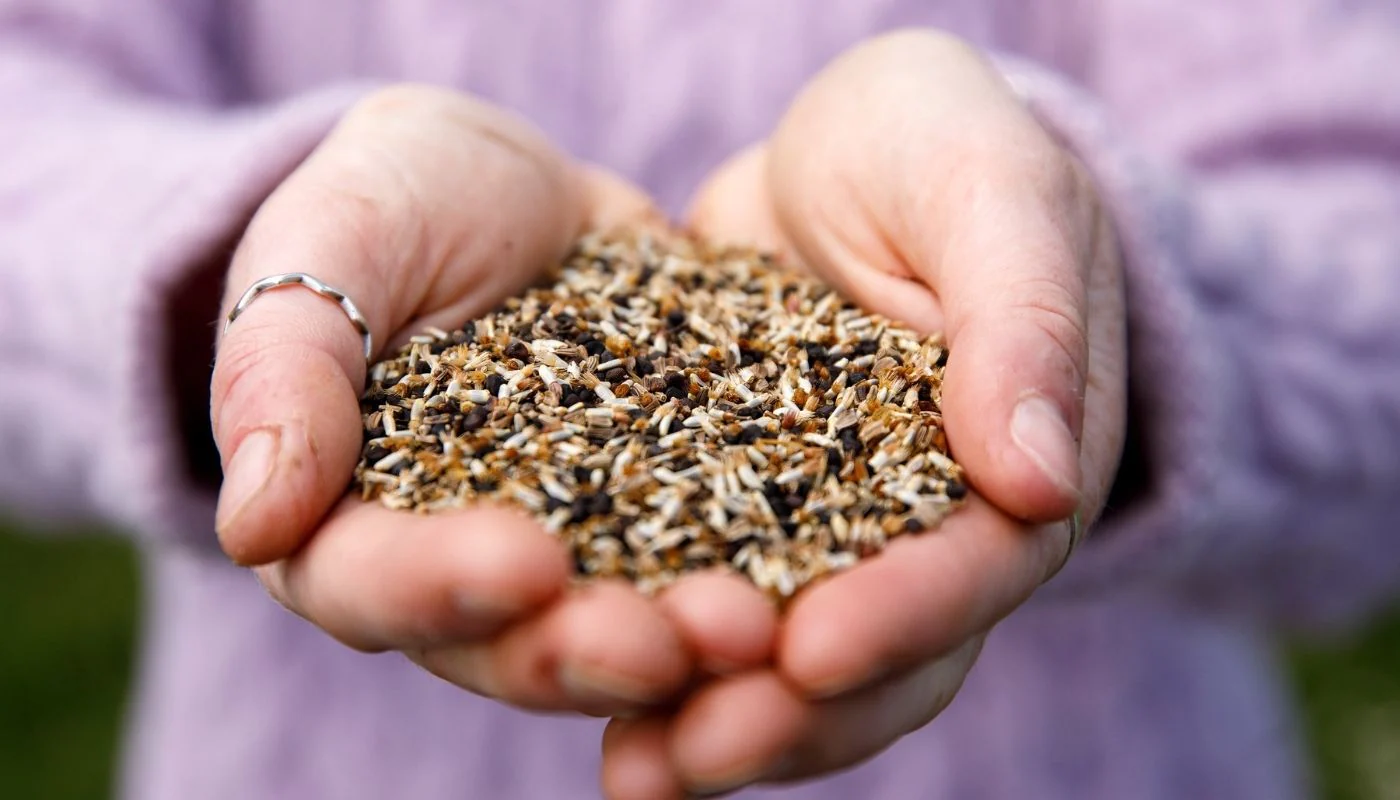
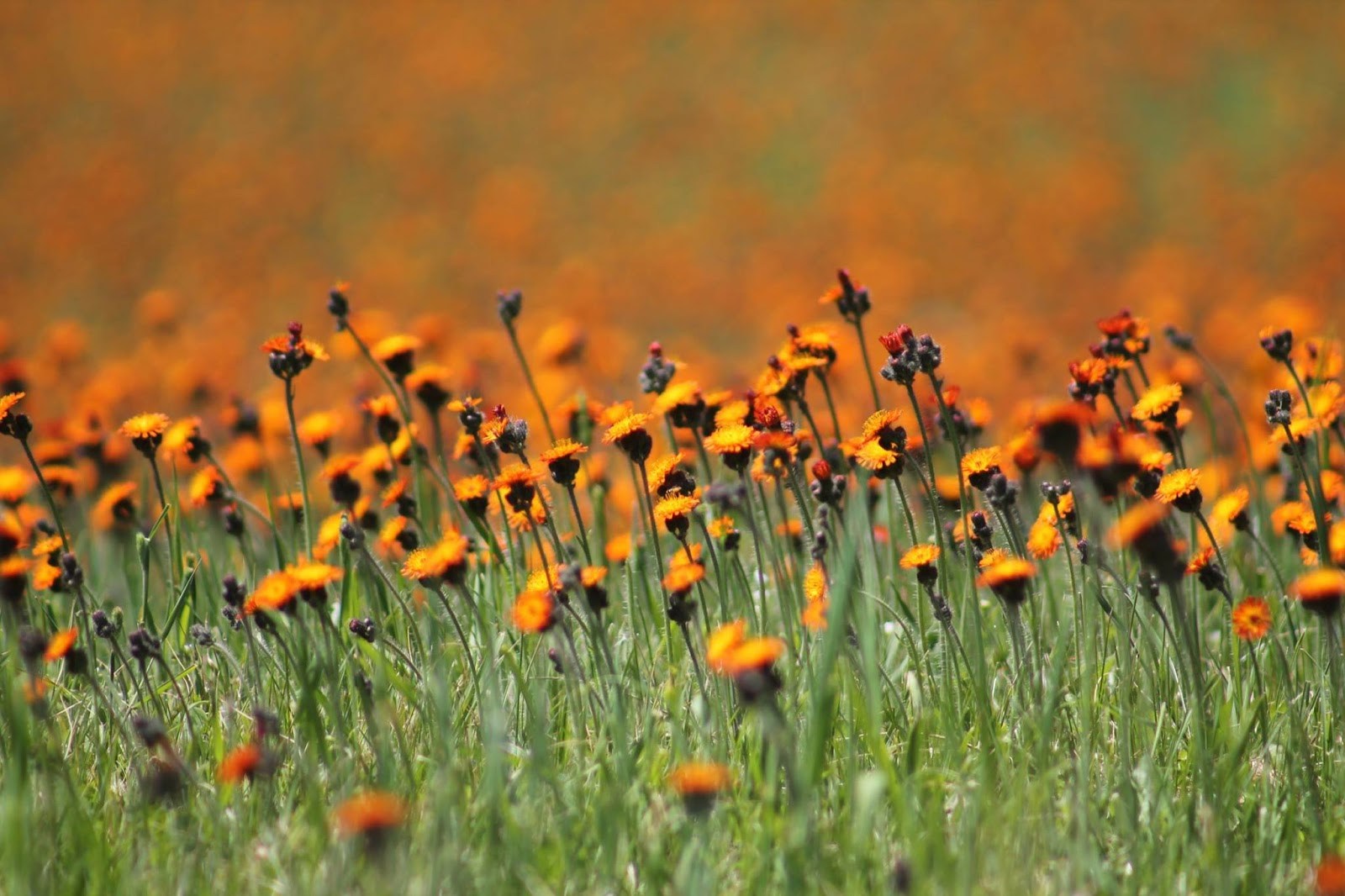
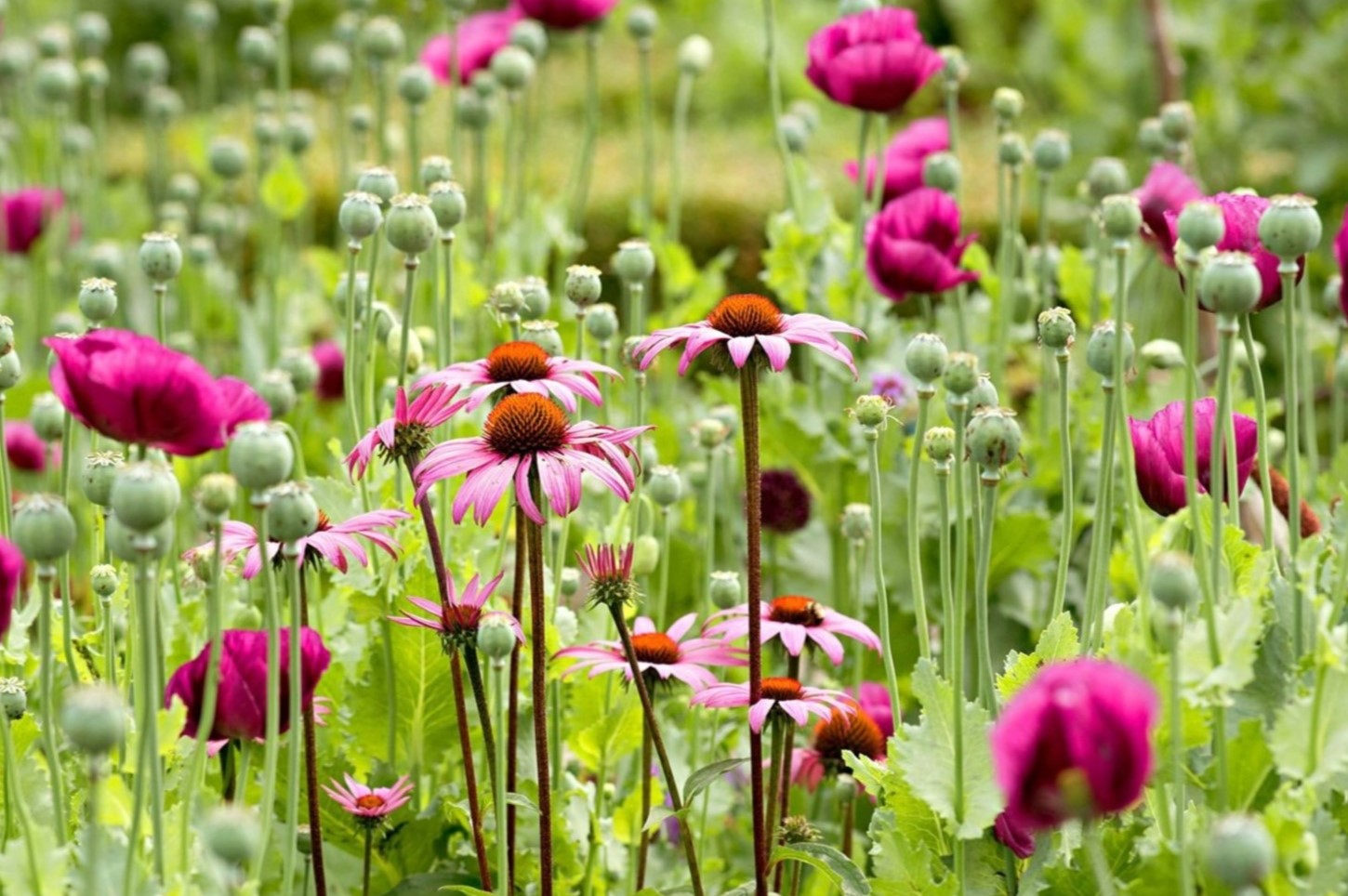

0 thoughts on “When To Sow Wildflower Seeds In Oregon”